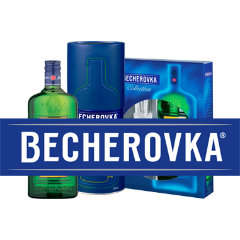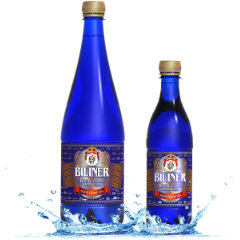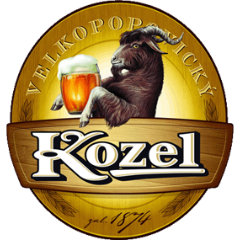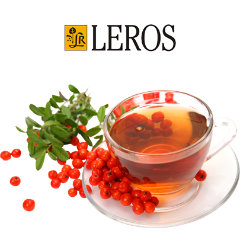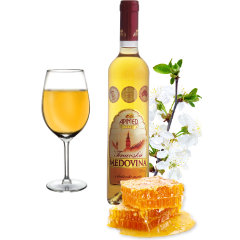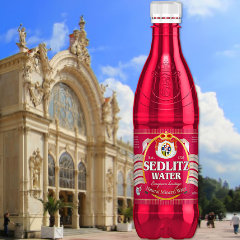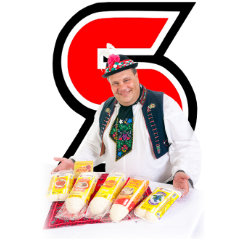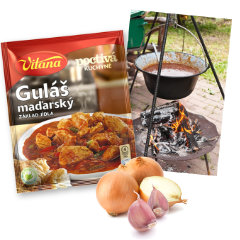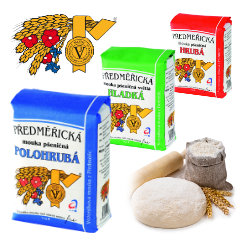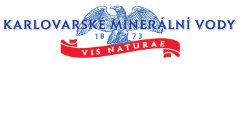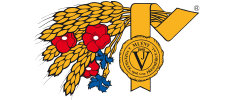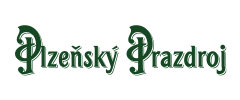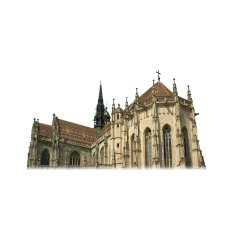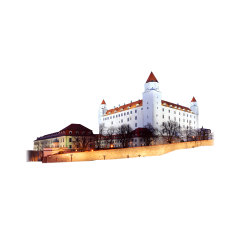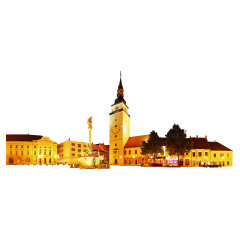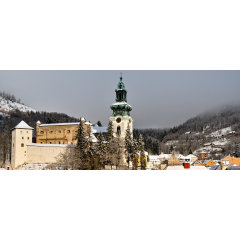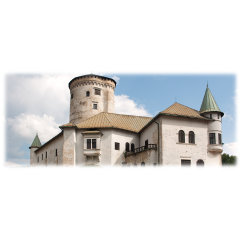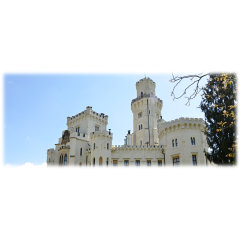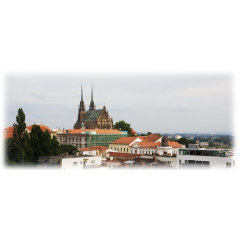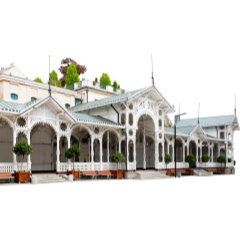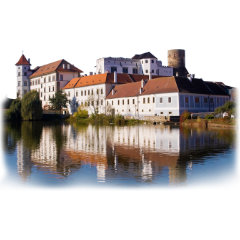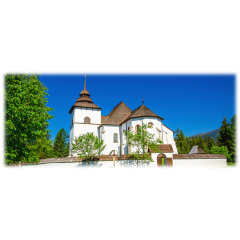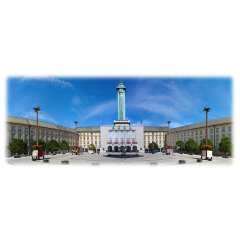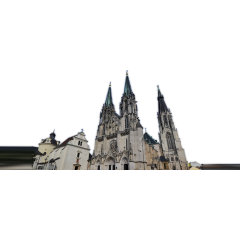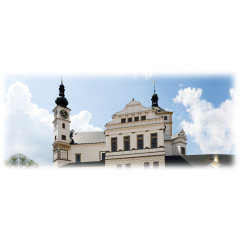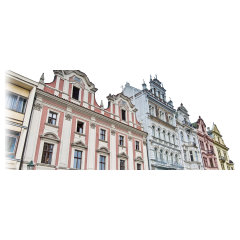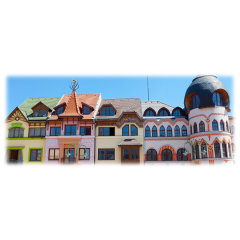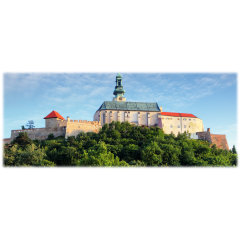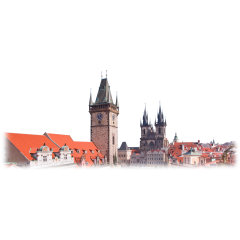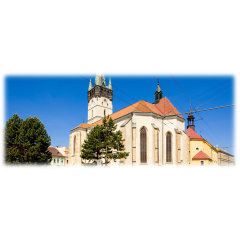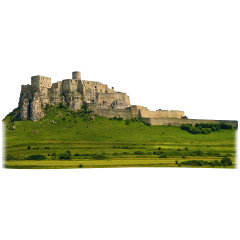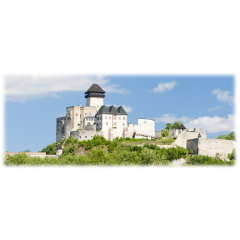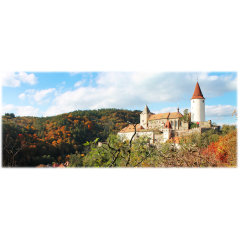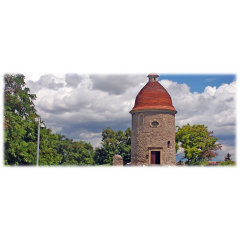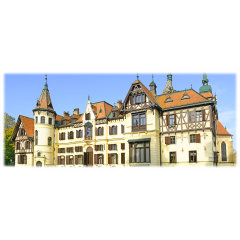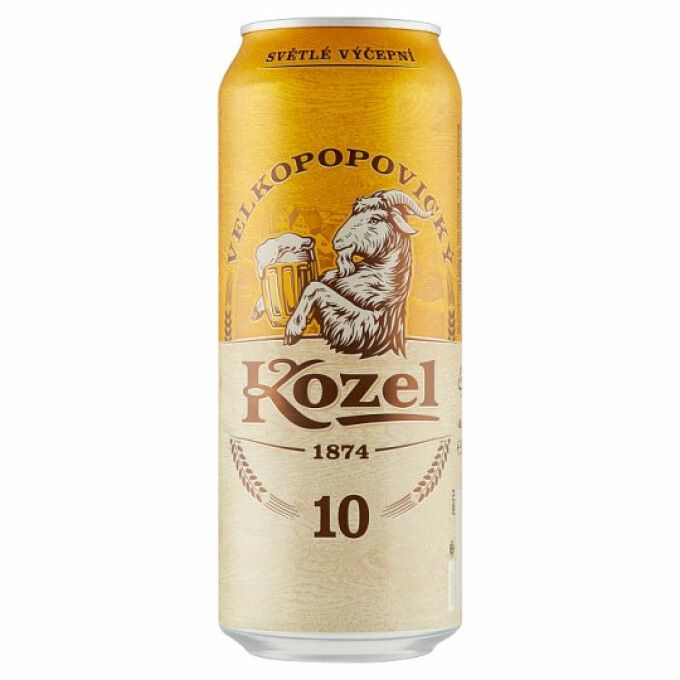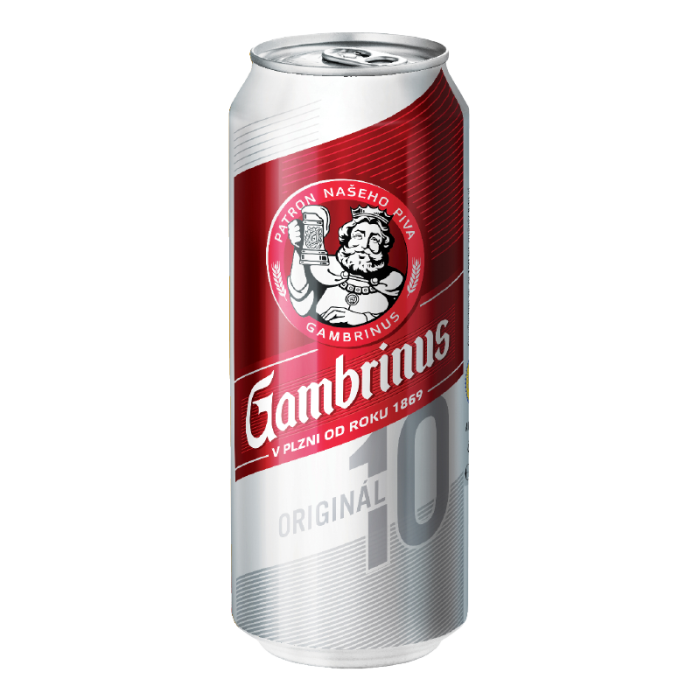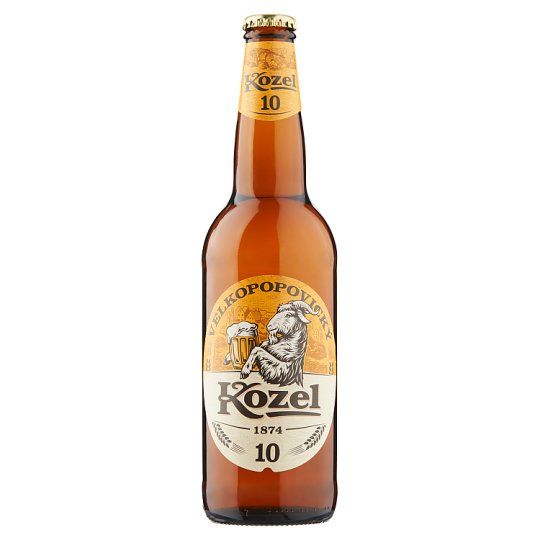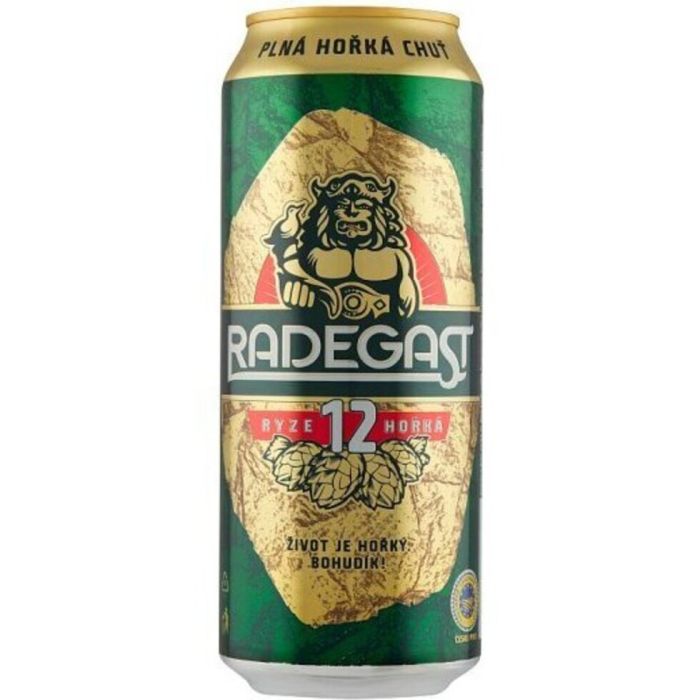Plzensky region
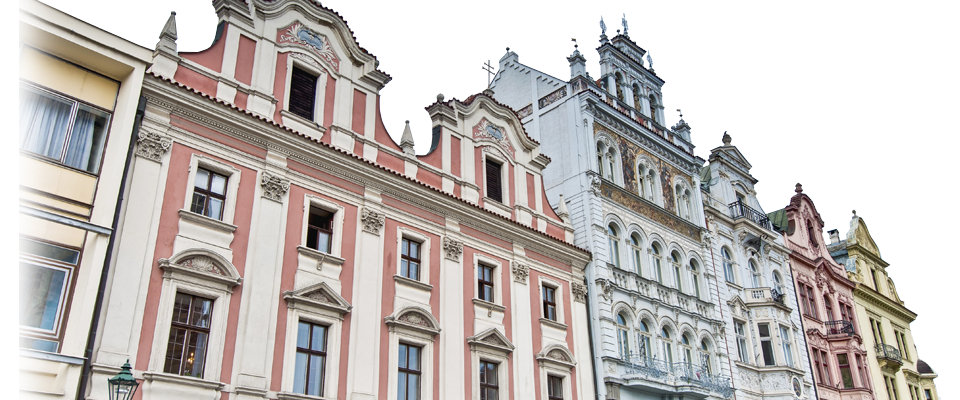
About Region
Pilsen region is situated at a strategically important and very favourable location in the middle of the crossroads between Eastern and Western Europe. In terms of its area, Pilsen region ranks as the third-largest region in the Czech Republic. However, it ranks ninth out of fourteen regions in terms of population. Besides Plzeň (Pilsen), the towns of Klatovy, Domažlice, Tachov and Rokycany are also important centres.During the age of industrialization in the 19th century, industrial giants, including the Skoda engineering complex and world-famous Pilsner Urquell brewery, were founded in the region. The centre of the region is the city of Plzeň (Pilsen) - an economic, cultural and social metropolis of Western Bohemia. The city gained its worldwide fame primarily thanks to the production of the beer brand Plzeňský Prazdroj. Pilsen Region is a region where the inhabitants maintain a firm relationship to the traditions and customs of their ancestors. The most significant area concerning traditions and customs is Chodsko. The centre of the area is Domažlice. Traditions have been followed and passed down from generation to generation. The lively local people like to dress in costumes from Chodsko, speak a singsong-like dialect and sing local songs. One of the oldest ethnic festivals in the Czech Republic is Chodské slavnosti (Chod festival) – which takes place annually in August (first weekend after the 10th August). An ideal destination for a family trip is the Pilsen Zoological and Botanical Gardens, which are situated in an attractive rugged area with lakes, an arboretum, rocks and landscaped park. Over 1,300 species of animals live here, including the stars of the place – a couple of Indian rhinos and Rothschild giraffes.
History
The historical centre of Pilsen was founded in 1295 by the Czech King Václav II (Wenceslas II) at a junction of four rivers- Uhlava, Uslava, Radbuza and Mze. Upon his founding of the town of New Plzen(New Pilsen), the good King Wenceslas gave all 260 citizens the right to make beer and sell it from their houses -- a privilege that was passed down through each family and inspired citizens to form joint breweries and even build a community malthouse to improve their beer production. The 600-year old tradition of glassmaking, which developed in the areas of Šumava, Brdy and Český les, is also an important part of Pilsner region. The first references in writing date back to the mid-14th century, when glassmakers from Bavaria, where glassmaking has been preserved to the present day, came to Šumava. The number of glass works doubled over the 16th century and the beginning of the 17th century and there were 25 glass works in Šumava before the Thirty Years' War. After the war, there was a boom again thanks to the arrival of new glass-making families in the 18th century. The production of plate glass, in which the Abel family in Železnorudsko excelled, was extraordinary. In the second half of the 18th century, the glass making industry experienced a gradual decline. Both world wars, and the subsequent nationalization of the glass works after the coup d'état in 1948, tore this tradition apart for many decades.
City to know about
The centre of the region is the city of Plzeň (Pilsen) - an economic, cultural and social metropolis of Western Bohemia. Situated on the crossroads of two important trade routes and close to Prague, Pilsen experienced an immediate rapid growth. The city gained its worldwide fame primarily thanks to the production of the beer brand Plzeňský Prazdroj. Pilsner Urquell put the town of Pilsen on the map. But it was the people of Pilsen who put brewing and the brewery at the heart of the town. The rich cultural and economical standard of life in Pilsen is particularly enhanced by its heritage. In 1989, the ancient town center was declared a historical landmark to be carefully preserved. The rich architectural gems here include Gothic St. Bartholomew’s Cathedral which has the tallest steeple (102.6 m) in the Czech Republic , Renaissance City Hall, Baroque reconstruction of the Archdeacon’s house , Franciscan Monastery, and the Church of St. George built in 992 - it is one of the oldest church buildings in Bohemia. The best knownsight is indisputably the recently re-opened Great Synagogue in Pilsen built in 1893, the second largest in Europe and third in the world (synagogues in Jerusalem and Budapest being the largest.) Also the first Czech book, „the Troyan Chronicle“, was printed in Pilsen in 1468. Today, Pilsen is the dynamic and modern metropolis of western Bohemia. It is home to many major firms and industrial companies, universities and medical schools. Its exceptional quality was confirmed when it earned the title European Capital of Culture for 2015.
Nature
The scenery of the Pilsen region is extraordinarily varied. A significant part of the territory of Pilsen region is covered by forested mountain ranges, the most important of which are the Šumava (Bohemian Forest) in the south, Český les in the south-west and Brdy in the east. The countryside is enriched by numerous water-areas such as Hracholuská přehrada (Hracholusky Dam) on the Mže River, the network of Bolevecké rybníky (Bolevec Ponds) on the outskirts of Pilsen and the ponds in the southern part of the Pilsen area. The entire area is a popular and sought-after destination for tourists. It offers ideal conditions for hiking, cycling and winter sports. Other frequent forms of recreation are sport fishing, hunting, hiking in the countryside, horseback riding and golf. Šumava Mountains and Czech Forest Mountains (jointly with the neighbouring Bavaria Forest) – create the most extensive forest belt in Middle Europe. Of all regions within Czech Republic, the region of Pilsen boasts of most natural parks – 23, and 177 smaller protected areas. The declaration of the Šumava National Park and its inclusion among the UNESCO-protected biospheric reserves is a proof of the restored environment in the region, and so are various rare wild animals re-appearing in their original habitats. Thus in the Šumava you can meet with lynx, otter or wood-grouse, in the Český les with beaver. Some lakes have been declared bird preserves, and in the fishponds and streams you can see again crayfish who are noted for their sensitivity to water pollution. Most of the woods and forests covering almost 40% of the region’s area are freely accessible to both tourists and the mushrooming and forest-fruit-picking public.


